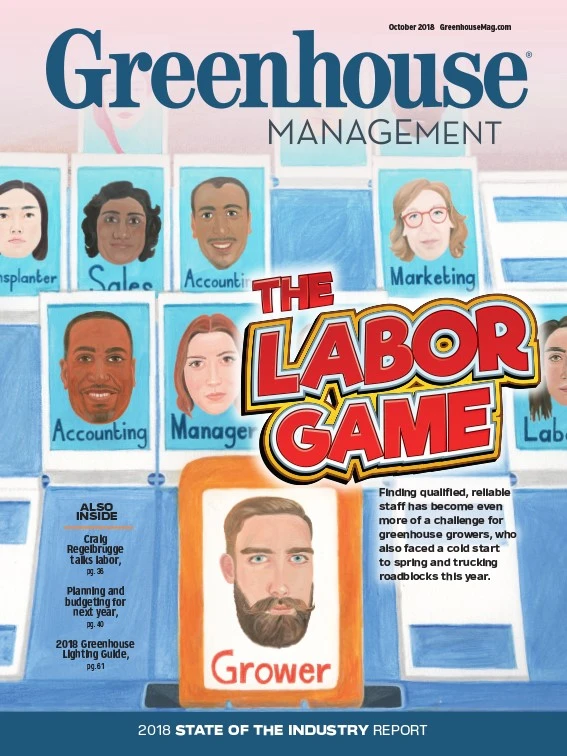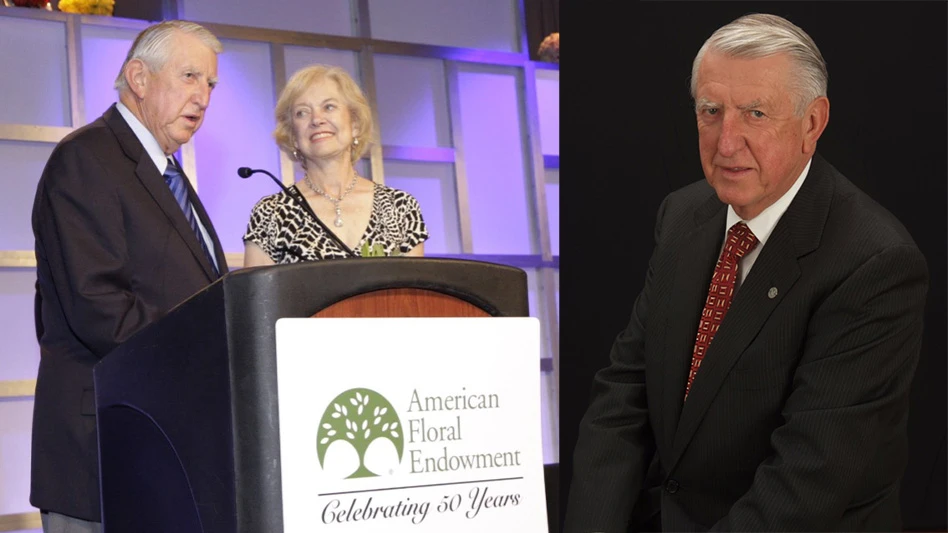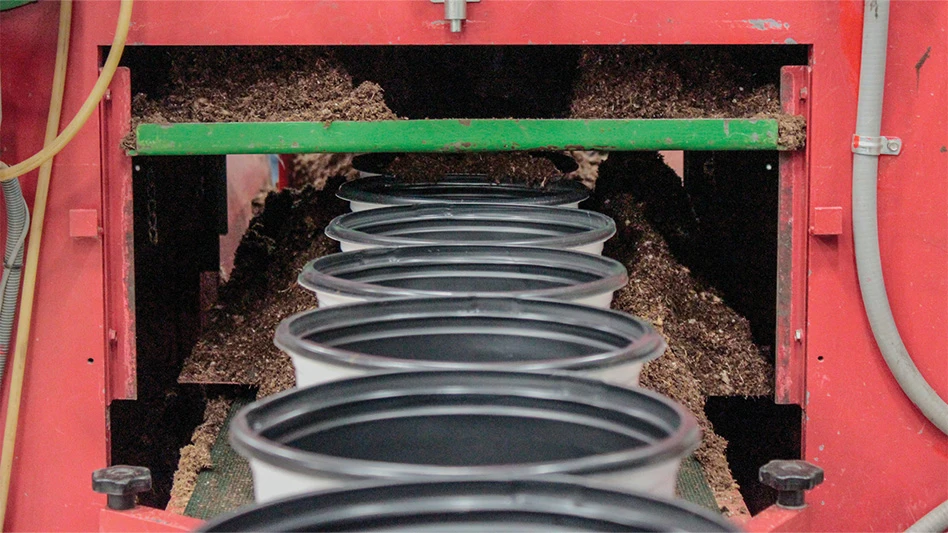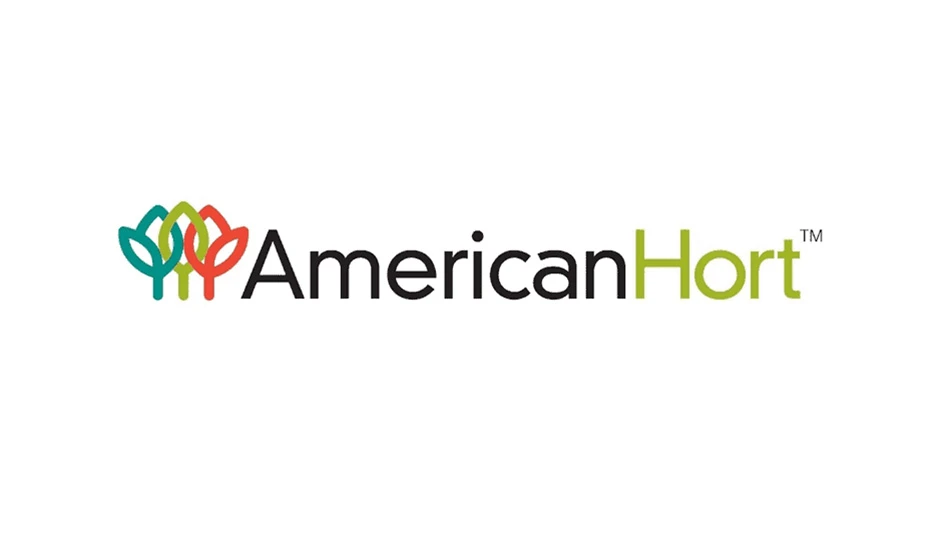
At Cultivate’18, Dr. Stephanie Burnett was part of a panel offering growers tips on how to best optimize propagation and how lighting can play a role in that effort. Burnett, an assistant professor of horticulture at the University of Maine, spoke on the panel with Dr. Marc W. van Iersel, a professor specializing in crop physiology and nutrition at the University of Georgia’s Department of Horticulture.
Below, in a follow-up interview with Greenhouse Management, Burnett discusses her presentation, what lighting levels are best for different periods of propagation and more.
Greenhouse Management: What are some of the broad factors contributing to propagation success?
Stephanie Burnett: Lighting can be a big factor, and I think for a lot of herbaceous plants that people work with, the general trend is that people have found that if you have a high daily light integral (DLI), you generally have better rooting. And that’s true both for cuttings and stock plants. You want to have a high DLI when you’re growing your stock plants and you want to have a higher DLI when you’re rooting the cuttings. There are other factors as well that can be important. Substrate moisture is something that some growers don’t really manage very well. If you have too high of a substrate moisture, it can actually reduce your rooting [success], and if it’s too low it can be detrimental as well. It can be challenging to find that nice medium point for a lot of folks. It can also be challenging to manage temperature.
GM: What are some best practices growers can implement in propagation, and how does lighting impact them?
SB: Keeping a clean environment can be very helpful. And just trying to find the right balance between all of the different factors that are there when the roots take hold, they’re starting to grow and everything is kind of moving along. Also, are there signs that a grower could see that that lighting is making some kind of difference, other than physical characteristics? Are there other characteristics that stand out in terms of, ‘Okay, this is something that actually is making a difference?’ I think it’s tricky to tell, too. Growers could always do some side-by-side tests on their own, and not in their greenhouse, to get a better idea of if supplemental lighting is making a difference.

GM: Are there specific lighting levels growers should be trying to stay within when trying to achieve successful propagation?
SB: At [van Iersel’s and my] talk, we recommended different levels, kind of depending on the stage that the cutting is in. Very early on, it doesn’t really need as much light and it needs to [be] in the range of three to eight moles per meter square per day. Then, when the roots are starting to form and differentiate and starting to photosynthesize a little bit more, it needs in the neighborhood of five to 10 moles per meter square per day. Once the roots are starting to grow and it’s beginning to photosynthesize a lot more, it needs between 10 to 15 moles per meter square per day. Then when you’re starting to harden it off and tone it, you can back off on the light a little bit more and give it about 10 moles per meter square per day.
GM: Are there different kinds of lights that are most effective in propagation?
SB: If you’re using LEDs, they would be a lot cooler and you would have a lot more control over your temperature because you could just manage it with temperature controls in your greenhouse. But if you’re using HPS lights, then they would provide a lot more heat and you would have to keep that in mind as you’re growing. You’re controlling your temperature, too, because they provide heat as well. LEDs are actually a great thing to consider using in the propagation environment because [cuttings are] such [a] high-value [input] and it really justifies [purchasing] the expensive LEDs.
I think you can have success with HPS or LEDs. I think the big difference would be the temperature. If growers still have older HPS lights, they can definitely use them. They just need to keep in mind the temperature. And then with LEDs, they kind of need to keep in mind the wavelengths they might want to attain.
Dr. Roberto Lopez [from Michigan State University] gave a talk [at Cultivate’18] about substrate temperature and the propagation environment. I think that we are just starting to realize that substrate temperature impacts rooting. but there hasn’t been a lot of research yet about how to manage that and what the right range is for greenhouses.

Explore the October 2018 Issue
Check out more from this issue and find your next story to read.
Latest from Greenhouse Management
- The HC Companies, Classic Home & Garden merge as Growscape
- Eason Horticultural Resources will now officially be known as EHR
- BioWorks receives EPA approval for new biological insecticide for thrips, aphids, whiteflies
- ScottsMiracle-Gro transfers cannabis subsidiary to focus on core lawn and garden business
- Ellen Mackenbach-Lakeman appointed new CEO of Dümmen Orange
- Southern Garden Tour sets 2025 dates for trial garden open houses
- Belgian thermal screen manufacturer Phormium launches Noctis Thermo
- New book explores plants that thrive in Rocky Mountains





